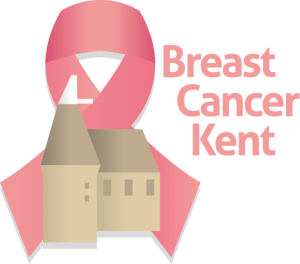Benign Breast Disease
Benign (non-cancerous) diseases of the breast are common throughout a woman’s life.
All new breast symptoms require a full assessment and often a biopsy is required to confirm the diagnosis. Probably the most worrying symptom is a breast lump and the cause of a benign lump often depends on the age of the woman.
Young women are susceptible to a type of lump called a fibroadenoma often seen in the late teens/ early twenties. They are made up of a combination of connective tissue and active breast tissue (epithelium) and are completely benign. They can be removed or left alone once diagnosed.
Very rarely, the lump is a phyllodes tumour in which the connective tissue is found to be abnormal. The majority of phyllodes tumours are benign but they can be borderline or completely malignant. Phyllodes tumours are usually found in older women and tend to grow rapidly and need to be removed with a cuff of normal tissue to reduce the risk of them returning. Women who have phyllodes tumours removed are seen every 6 months in clinic for at least 3 years with mammograms and ultrasounds as appropriate.
Breast cysts are very common and are typically seen after the age of 40. They can be identified on mammograms but have characteristic features on ultrasound. Large cysts may be uncomfortable and are drained in the breast clinic. Small cysts can be safely left alone.
Some benign conditions of the breast such as atypical ductal hyperplasia and radial scars are indeterminate. That means that they may have a malignant potential in the future or they may be associated with pre-invasive breast cancer cells. They tend to be found only on mammograms and we advise that these types of lesions be removed either by surgery or by a special biopsy performed by a radiologist called a vacuum assisted excision.
Nipple discharge can result from inflammation of the nipple ducts called duct ectasia and this is more frequent in smokers. Another cause of nipple discharge is a papilloma, which is a polyp within a nipple duct. A breast specialist should see all patients with a new symptom of nipple discharge as, in rare cases, this may indicate a cancerous process within the breast.
Breast pain can often be a troubling symptom and there are many causes for persistent discomfort. It is unusual for breast pain to be a symptom of breast cancer and it is often associated with fibrocystic or hormonal changes in the breast. Sometimes the pain originates from the muscles and cartilage of the chest wall.
